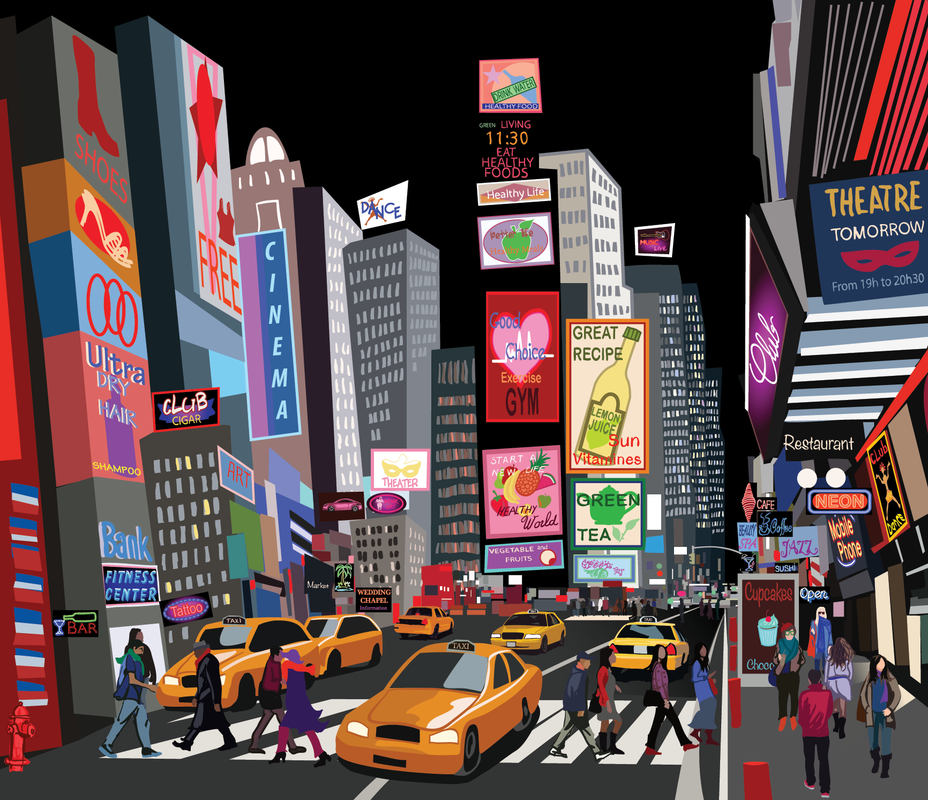In 2010, Kohl’s department stores decided to get rid of their tired old paper signs and go digital. Nationwide, every rack, shelf, and bunker has one or more digital signs attached, displaying pricing and promotional information. 200+ signs are connected the POS system in each location, allowing store personnel to push data across the entire sales floor at the press of a button. Not only does this save valuable time and money, but it also allows Kohl’s to run multiple promotions in one day. The switch to digital signage was also a significant piece of the organization’s green energy initiative, eliminating the use of tons of paper every year. Another way that Kohl’s has integrated digital technology into its stores is the installation of customer friendly kiosks. Instead of waiting in line at the customer service counter to order an out of stock item, shoppers are encouraged to utilize a kiosk, which functions as an online store inside a brick and mortar location. Although the ordering system itself is digital, Kohl’s employees are also trained to use the kiosks, which enables them to employ what has been dubbed a “shoulder to shoulder” sales technique. This kind of utilization of digital technology combines the accommodating mind of a human and convenience of the internet for the ultimate customer experience.
"Integrating new technology into brick and mortar stores simply modifies rather than eliminates the role of sales and customer service."
During his lifetime, Media Ecologist Marshall McLuhan described technology as extensions of the human body; and to McLuhan, technology implied anything invented by man, not just computers and smartphones. For example, the chair you are most likely sitting in right now is an extension of your skeleton. Even the clothes on your back are an extension of your skin. This unique way of viewing technology is not only interesting, but also has implications for the way that technology should be used as a participant in the customer service industry. Since the rise of automated machinery, many have wondered if technological advances will ultimately eliminate the need for human labor. Perhaps an event like that is possible, but probable? No, especially not in the customer service industry. Experts have found that despite the wow factor of a well executed digital signage campaign or the convenience of online ordering, digital marketing and customer service works best when paired with a real live human being. Integrating new technology into brick and mortar stores simply modifies rather than eliminates the role of sales and customer service. Organizations should view the integration of technology into the sales arena as an asset to their teams, and not a competitor. Looking back to the Kohl’s example, strategically placed kiosks especially allow for store personnel to practice a “shoulder to shoulder” sales technique. The intention was to supplement the resources available to team members, adding the convenience of technology to the flexibility and personality of a sales associate. When amalgamated correctly, digital signage is an extension of an organization’s humanity, rather than an unfeeling prosthetic arm.
| Written By Emma Kinney Emma Kinney is and intern at Sproute Creative and student at Bethany Lutheran College in Mankato, Minnesota. She will be completing her undergraduate degree in Communication and Business in December of 2016. She expects to leave with a B.A. in Communication. She plans on starting her Master's Degree in the spring of 2017 with a focus Professional Communication. |







 RSS Feed
RSS Feed